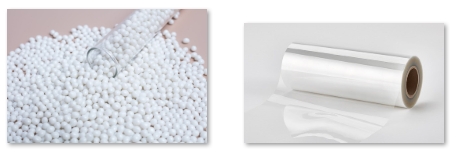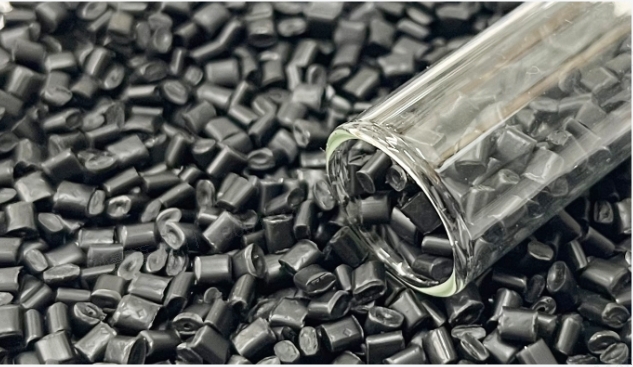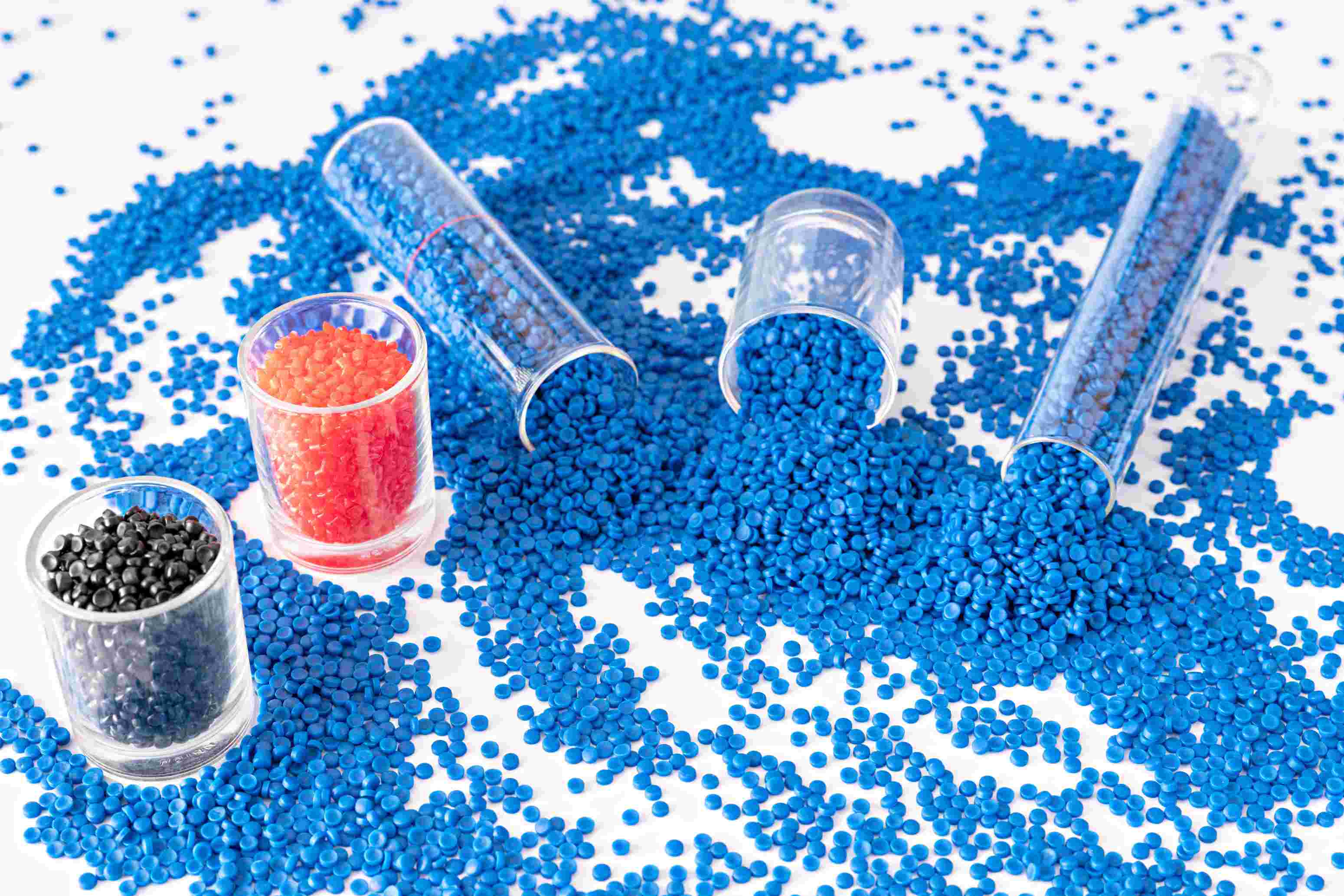PET vs. Other Plastics (PS, PP, PE)—Which Material is Right for Your Business
Introduction
Plastics play a vital role in modern industries, from packaging and construction to automotive and consumer goods. For manufacturers and procurement managers, choosing the right material is critical not only for product performance but also for cost control and sustainability. Among the most widely used plastics are PET (Polyethylene Terephthalate), PS (Polystyrene), PP (Polypropylene), and PE (Polyethylene). Each material offers unique properties and advantages, but which one is best suited for your business? This article compares these four plastics to help you make an informed decision.
Overview of Common Plastics
PET is known for its excellent transparency, high strength, and strong chemical resistance. It is lightweight yet durable, making it widely used in beverage bottles, food packaging trays, films, and sheets. With the growing focus on sustainability, recycled PET (rPET) has also gained importance in global markets.
PS is lightweight and easy to mold, but it tends to be brittle. It is commonly found in disposable cutlery, food containers, insulation boards (EPS and XPS), and packaging materials. While cost-effective, polystyrene faces environmental challenges due to recycling limitations.
PP (Polypropylene)
PP offers high heat resistance, excellent chemical stability, and low density. It is widely applied in automotive parts, household appliances, food containers, and industrial components. Its balance of cost-effectiveness and durability makes it a versatile choice.
PE (Polyethylene)
PE is the most widely produced plastic in the world. Depending on its density (HDPE, LDPE, LLDPE), it offers flexibility, impact resistance, and cost advantages. Common applications include films, shopping bags, pipes, and bottles.
Key Properties Comparison
This comparison highlights how PET excels in transparency and strength, PP in heat resistance, PE in flexibility and cost efficiency, and PS in affordability but with environmental drawbacks.
Applications by Industry
Packaging Industry
· PET: Beverage bottles, food trays — valued for clarity, safety, and recyclability.
· PP: Microwaveable food containers, caps, and closures — preferred for heat resistance.
· PS: Disposable cutlery and foam packaging — low-cost but declining due to sustainability concerns.
· PE: Bags, stretch films, shrink films — flexible and inexpensive for mass use.
Construction & Insulation
· PS (EPS/XPS): Excellent thermal insulation, widely used in building panels.
· PE: Pipes, vapor barriers, and protective films.
· PET: Less direct use, but increasingly found in composites and insulation materials.
Automotive & Industrial
· PP: Car bumpers, dashboards, and battery cases — high impact and heat resistance.
· PET: Fibers for seat fabrics and composites for structural components.
· PE: Fuel tanks, protective films, and liners.
Choosing the Right Material for Your Business
When selecting the right plastic for your application, several factors should be considered:
· Product requirements: PET for transparency and durability; PP for high heat and chemical resistance; PE for low-cost flexible products; PS for budget-sensitive, low-stress applications.
· Industry standards: Food-grade materials often rely on PET and PP due to safety certifications.
· Sustainability: With increasing ESG commitments, rPET and recycled PP/PE are becoming preferred materials in many industries.
Future Trends
The plastics industry is shifting toward sustainability and circular economy models.
· rPET is experiencing rapid growth, especially in food packaging and textiles.
· Regulations in Europe and other regions are pushing for higher recycled content in plastics.
· PS applications are declining in certain markets due to recycling challenges, while PP and PE continue to dominate in packaging and industrial applications.
Conclusion
PET, PS, PP, and PE each have their strengths and limitations. PET stands out in packaging for its clarity and recyclability; PP is ideal for high-heat and durable applications; PE is unbeatable in cost-sensitive flexible packaging; and PS remains useful in insulation but faces sustainability challenges.
The right choice depends on your product requirements, industry standards, and sustainability goals. As the market moves toward eco-friendly solutions, businesses that adopt recycled materials like rPET and recycled PP/PE will gain both economic and environmental advantages.



